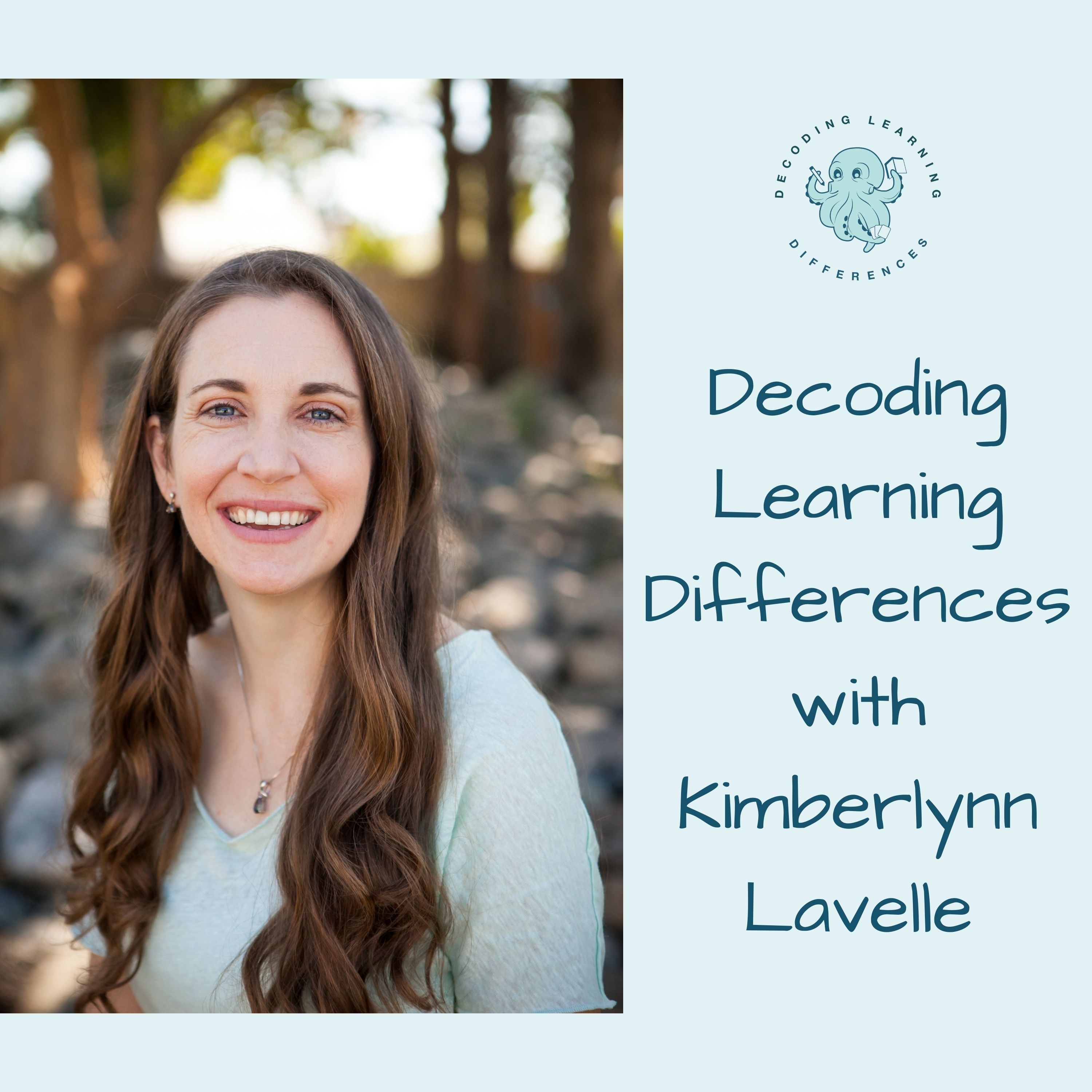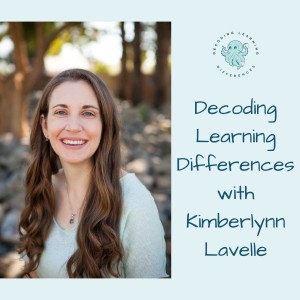

I teach parents how to educate their own children (especially those with struggling learners) so that they can successfully and peacefully homeschool or provide supplemental education at home. This podcast will discuss: - various learning disabilities and challenges, including: ADHD, dyslexia, autism, processing disorders, and so much more! - how all people learn - different learning styles - strategies for supporting specific learning challenges - how to apply these learning strategies at home - stories from homeschooling parents -interviews from other experts
Episodes

Monday Feb 28, 2022
Phonics and Dyslexia
Monday Feb 28, 2022
Monday Feb 28, 2022
Phonics is all about the relationship between sounds and letters and using that letter-sound knowledge to read and spell words!
With a strong phonics knowledge, your child will be able to read and spell unfamiliar words.
But phonics can also be confusing! In English, there are 44 sounds, 26 letters, and 75 basic phonograms (single or multi-letter representations of sounds).
And kids with dyslexia REALLY struggle with phonics!
If you show your child a nonsense word (like fisp), can they read it? If you ask them to spell ‘plit’, how do they do?
If your child is struggling with phonics development, there are things we can do to help them!
First of all, there are Orton-Gillingham based programs that provide a strong phonemic awareness and phonics foundation.
But you can also follow the same basic process at home, by following a few steps:
Step 1: Start by developing phonemic awareness! Check out the episode on phonemic awareness for specific steps on how to do this part yourself!
Step 2: Be sure your child knows the letter and sound correspondences. For most kids, this is just about plenty of exposure and practice. It could be flashcards, but multi-sensory approaches typically work best.
- Write letters in sand, build them with playdough, make whole body dance moves about letters and sounds!
- Some kids with dyslexia need the mouth formation for each letter sound really demonstrated explicitly for them.
- Keep in mind that there are 75 basic phonograms and many of those 26 letters have multiple sounds
Step 3: Have your child put their letter-sound knowledge to use! Reading is typically easier than spelling for most kids, so reading will develop faster. Take each at their own pace!
Get progressively more complex (C = consonant sound; V = Vowel sound):
- CVC
- VCC
- CCV
- CVCC
- CCVC
- CCVCC
Step 4: Next come the multisyllabic words!
- Take individual words that they can read and make compound words.
- Then use prefixes and suffixes.
Many multi-syllabic words are VERY phonetic, making them easy to read and spell once a child knows how to chunk them and use phonics skills!
Takeaway: Phonics is important, but can be difficult for those with dyslexia. A systematic intervention is necessary (but it is also something that you can provide completely for free!)
If you suspect your child may have dyslexia, take the quiz “Is My Child Dyslexic?” here to find out how likely it is! (This is not a diagnostic tool, but a simple pre-screener that you can use to help guide you!)
No comments yet. Be the first to say something!